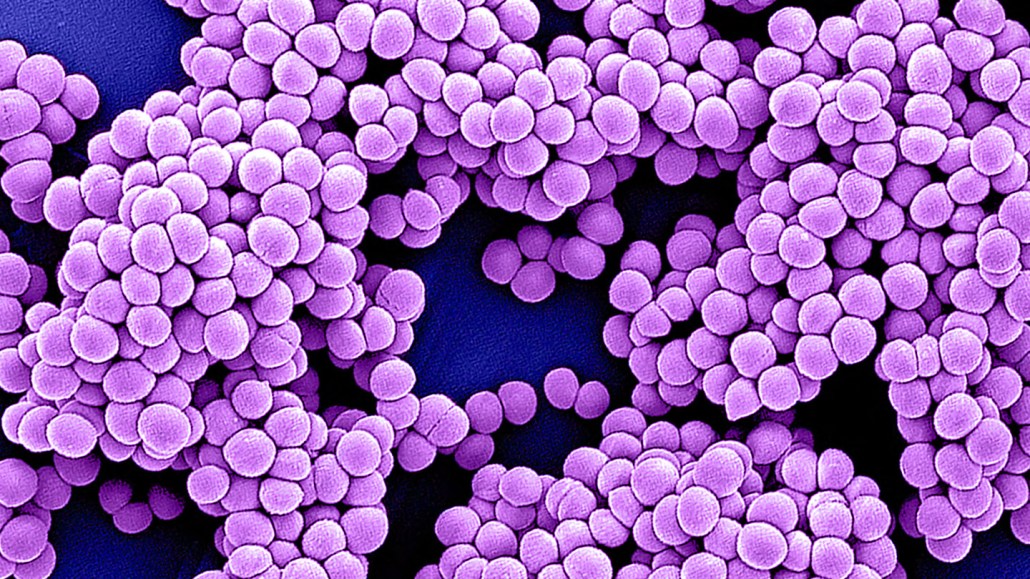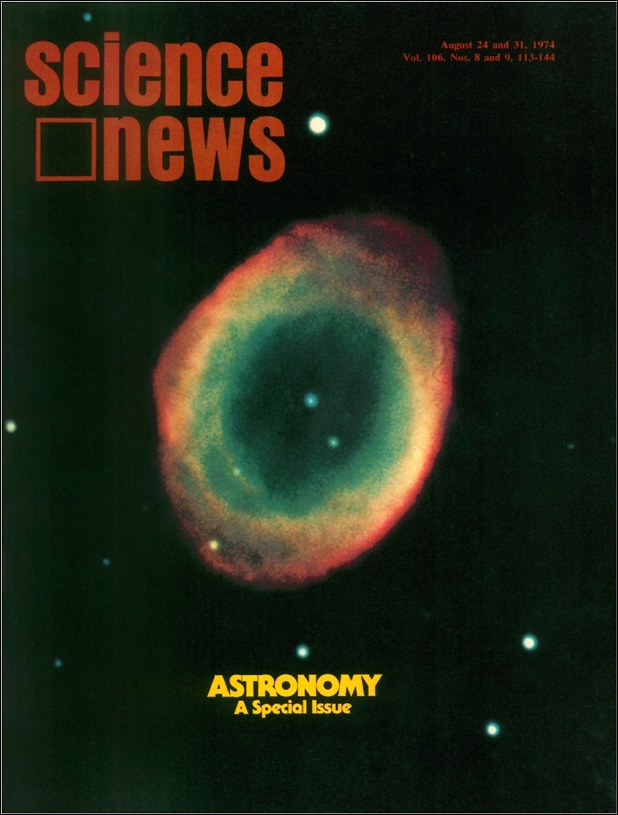50 years ago, antibiotic resistant bacteria became a problem outside hospitals
Excerpt from the August 24, 1974 issue of Science News

Multidrug resistant Staphylococcus aureus, or MRSA (purple in this colorized microscope image), is one of the leading causes of antibiotic-resistant infections and death worldwide.
NIAID/Flickr (CC BY 2.0)








